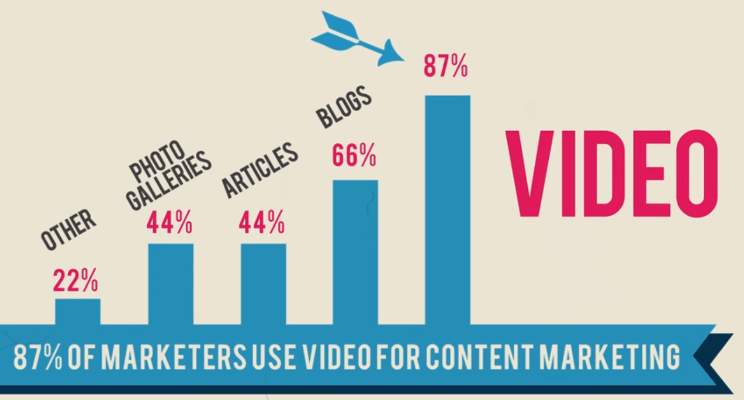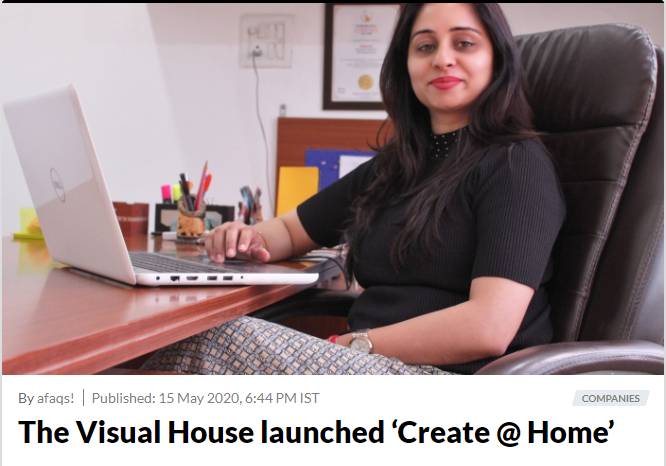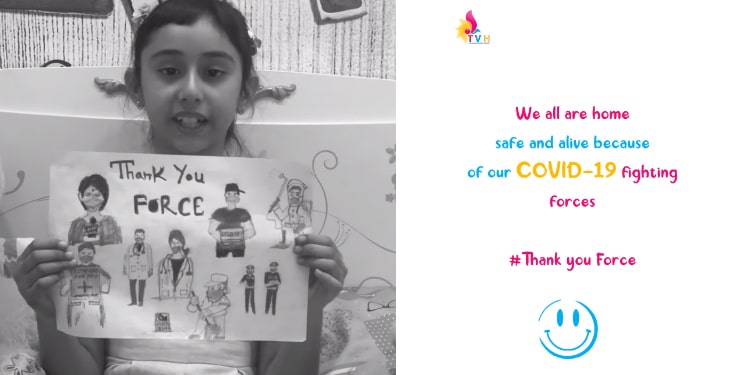Motion Graphics: Bringing Static Elements to Life
Motion graphics refer to the art of using graphic design, animation, and text to create visually compelling content that conveys information or tells a story through movement. They primarily focus on enhancing static visuals with dynamic elements. Let’s know in detail what motion graphic design is?
What is Motion Graphic Design?
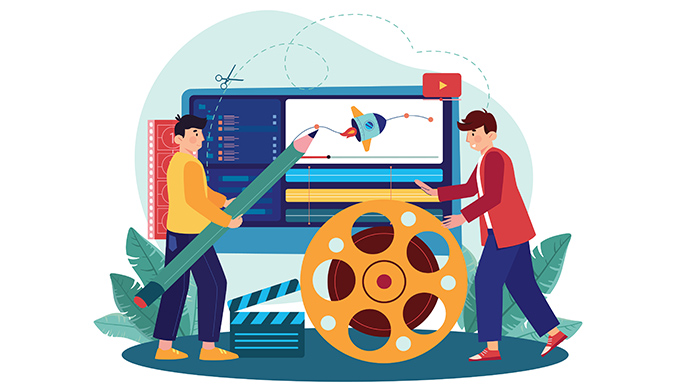
Motion graphic design is a dynamic and captivating form of visual communication that combines graphic design elements with animation techniques. It revolves around the creation of animated visuals, often involving text, shapes, and images, to convey messages, tell stories, and engage audiences in a compelling way.
At its core, motion graphic design is about bringing static visuals to life through movement. Designers use software like Adobe After Effects and Cinema 4D to manipulate and animate various elements, giving them a sense of motion and interactivity. This allows for the transformation of complex ideas, data, or concepts into visually digestible and engaging content.
Motion graphic design finds its application across a wide spectrum of media, from advertising and marketing to film, television, web design, and even user interface elements. It excels in conveying information, creating eye-catching advertisements, enhancing user experience, and adding a layer of sophistication to multimedia projects.
With its ability to seamlessly blend creativity with functionality, motion graphic design has become an essential tool for modern visual communication, enabling designers to craft visually stunning and memorable content that resonates with audiences in the fast-paced digital world. Rest will be explained in detail with the examples of motion graphics.
What is motion graphics and why is it important to business marketing?
Types of Motion Graphics:
Motion graphics encompass a variety of styles and forms. Here are some common types of motion graphics:
- Infographics: Infographics in motion add dynamic elements to data, making it easier to digest complex information. They're often used in presentations and educational videos.
- Typography Animation: This style involves animating text creatively to convey a message or emphasize key points. It's popular in commercials and title sequences.
- Logo Animation: Businesses use logo animations to create memorable brand experiences. These animations breathe life into static logos, making them more engaging.
- Kinetic Typography: Kinetic typography combines animated text with voice overs or music to enhance the impact of a message. It's frequently seen in music videos and promotional content.
- Explainer Videos: Motion graphics shine in explainer videos, where they simplify intricate concepts and processes using visual storytelling.
Examples of Motion Graphics:
To illustrate the power, here are some noteworthy examples of motion graphics:
- Google Doodles: Google frequently uses motion graphics to celebrate special events and holidays by transforming its logo into interactive animations.
- TED-Ed Lessons: TED-Ed employs motion graphics to make educational content more engaging. Complex topics become accessible through animations.
- Title Sequences: Films and TV shows often feature captivating title sequences that use motion graphics to set the tone for the story.
- Product Demos: Companies use motion graphics to showcase their products' features and benefits in a visually appealing way.
- Social Media Ads: Many social media platforms support motion graphics ads, making them a popular choice for digital marketing campaigns.
Motion Graphics After Effects
Motion Graphics After Effects is a cutting-edge software application that serves as the cornerstone for modern motion graphic design. Developed by Adobe, it provides designers and creators with a robust platform for crafting captivating and dynamic visual content.
With After Effects, designers can seamlessly combine graphic design elements with animation techniques, giving life to static visuals through motion. It offers a rich toolkit for manipulating text, shapes, and images, enabling the creation of visually striking animations, transitions, and special effects.
What sets After Effects apart is its ability to precisely control timing, transitions, and effects, allowing designers to craft polished and professional motion graphics. Whether used for creating stylish logo animations, infographics, or enhancing video presentations, Motion Graphics After Effects empowers artists and communicators to bring their creative visions to life in a way that captivates and engages audiences. It has become an indispensable tool in the world of visual storytelling and design.
Animation: The Art of Storytelling through Movement
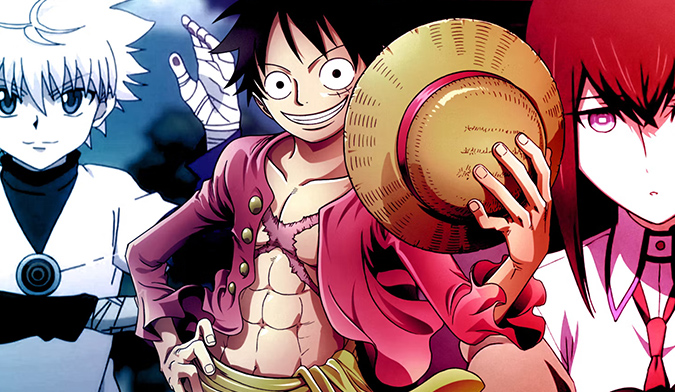
Animation is the broader term encompassing the creation of moving images, characters, and scenes through a sequence of individual frames. It includes various techniques, such as traditional hand-drawn styles of animation, 3D computer styles of animation, and stop-motion.
What is Animation?
Animation is a captivating and versatile art form that involves the creation of moving images, characters, and scenes through a sequence of individual frames. At its essence, different styles of animation are the art of making inanimate objects or illustrations come alive, imbuing them with movement, personality, and emotion.
In styles of animation, each frame is a meticulously crafted snapshot, and when played in rapid succession, they create the illusion of continuous motion. This technique allows animators to tell stories, convey ideas, and explore fantastical worlds in ways that are limited only by the bounds of imagination.
It encompasses a wide array of techniques and styles of animation, from traditional hand-drawn animation to cutting-edge 3D computer-generated imagery (CGI), stop-motion animation, and more. It finds its home in various media, including feature films, television series, video games, advertisements, and educational content.
One of animation's most remarkable qualities is its ability to transcend language barriers and connect with audiences of all ages and backgrounds. It can evoke laughter, tears, and wonder, making it a powerful tool for entertainment, education, and storytelling. In essence, animation is the magical art of breathing life into the still, allowing creativity to soar and stories to flourish on screen.
Read more: Evolution of Animation: From Entertainment to the Marketing Tactic
Styles of Animation:
A vast field with diverse styles of animation. Some notable ones include:
2D Animation: Classic hand-drawn animation, characterized by its simplicity and charm. It's often seen in traditional cartoons.
3D Animation: This style offers depth and realism, making it suitable for video games, movies, and architectural visualization.
Useful Resource: Animated Videos
Stop Motion: Stop motion involves photographing physical objects frame by frame to create the illusion of movement. It's used in films like "Wallace and Gromit."
Cutout Animation: This style involves moving cutout characters or objects against a two-dimensional background. It's cost-effective and used in shows like "South Park."
Claymation: Similar to stop motion, claymation uses molded clay figures for animation. "Chicken Run" is a famous example.
Motion Graphics vs. Animation
Let's contrast animation and motion graphics:
Purpose: Motion graphics primarily aim to convey information or enhance static visuals, making them ideal for presentations and marketing. Animation, on the other hand, focuses on storytelling, emotion, and character development, making it suitable for entertainment and narrative-driven content.
Complexity: Motion graphics often feature minimalistic design and simple character animation. Animations, especially 3D animations, can involve intricate character movements and lifelike detail.
Duration: Motion graphics tend to be short and concise, while animations can range from short films to feature-length movies.
Artistic Expression: Animation allows for more artistic freedom and diverse visual styles, whereas motion graphics often adhere to a clean, corporate aesthetic.
Tools: While both animation and motion graphics utilize animation software, motion graphics heavily rely on software like After Effects, while animation encompasses various techniques and software, including 2D and 3D animation software, stop-motion equipment, and more.
In conclusion, animation and motion graphics are both invaluable tools in the world of visual storytelling. Understanding their differences and strengths can help you choose the right approach for your project. Whether you're looking to explain complex data, create memorable brand experiences, or tell captivating stories that resonate with your audience, connect with The Visual House at +91-8178662477.


.jpg)
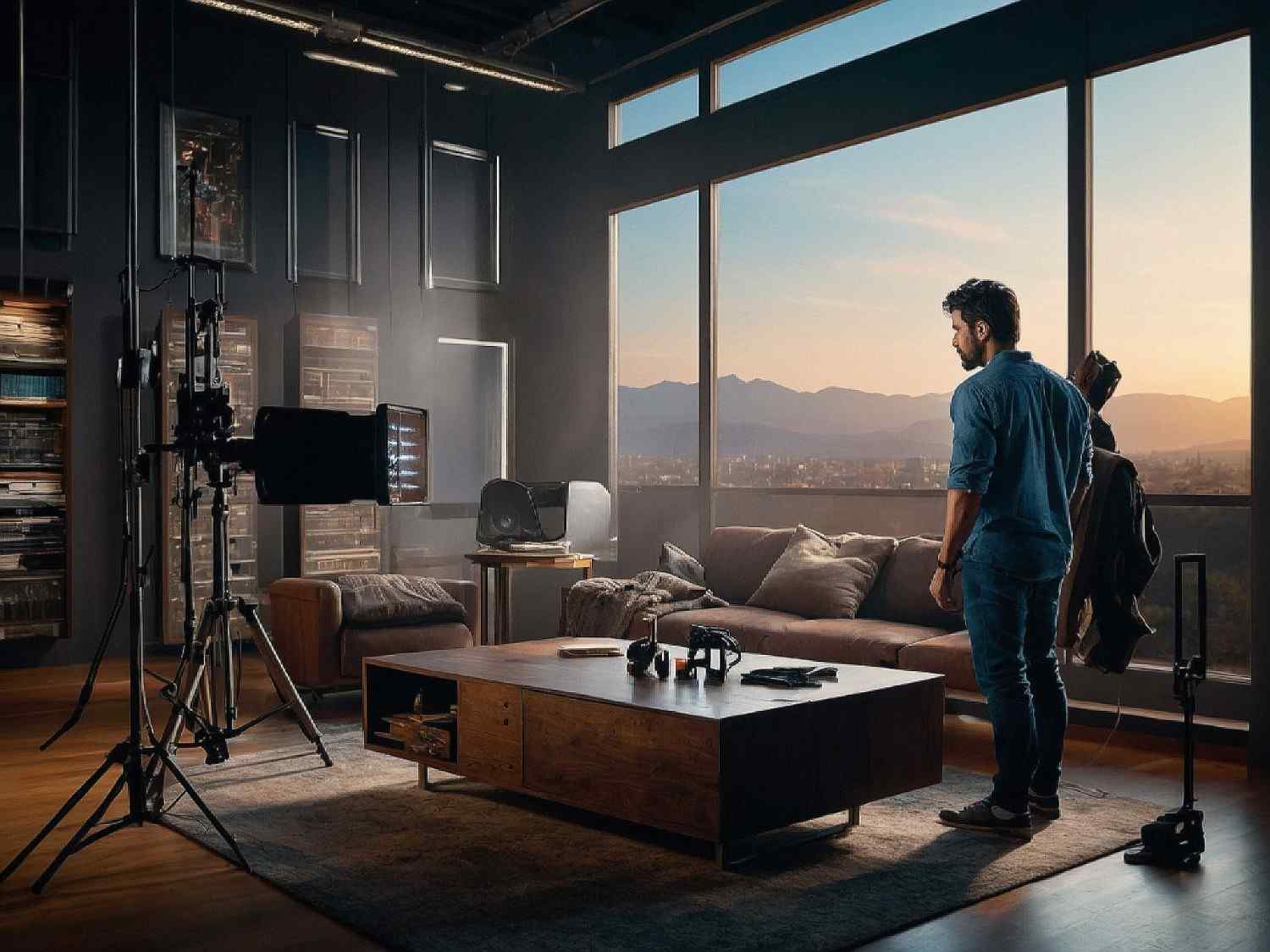
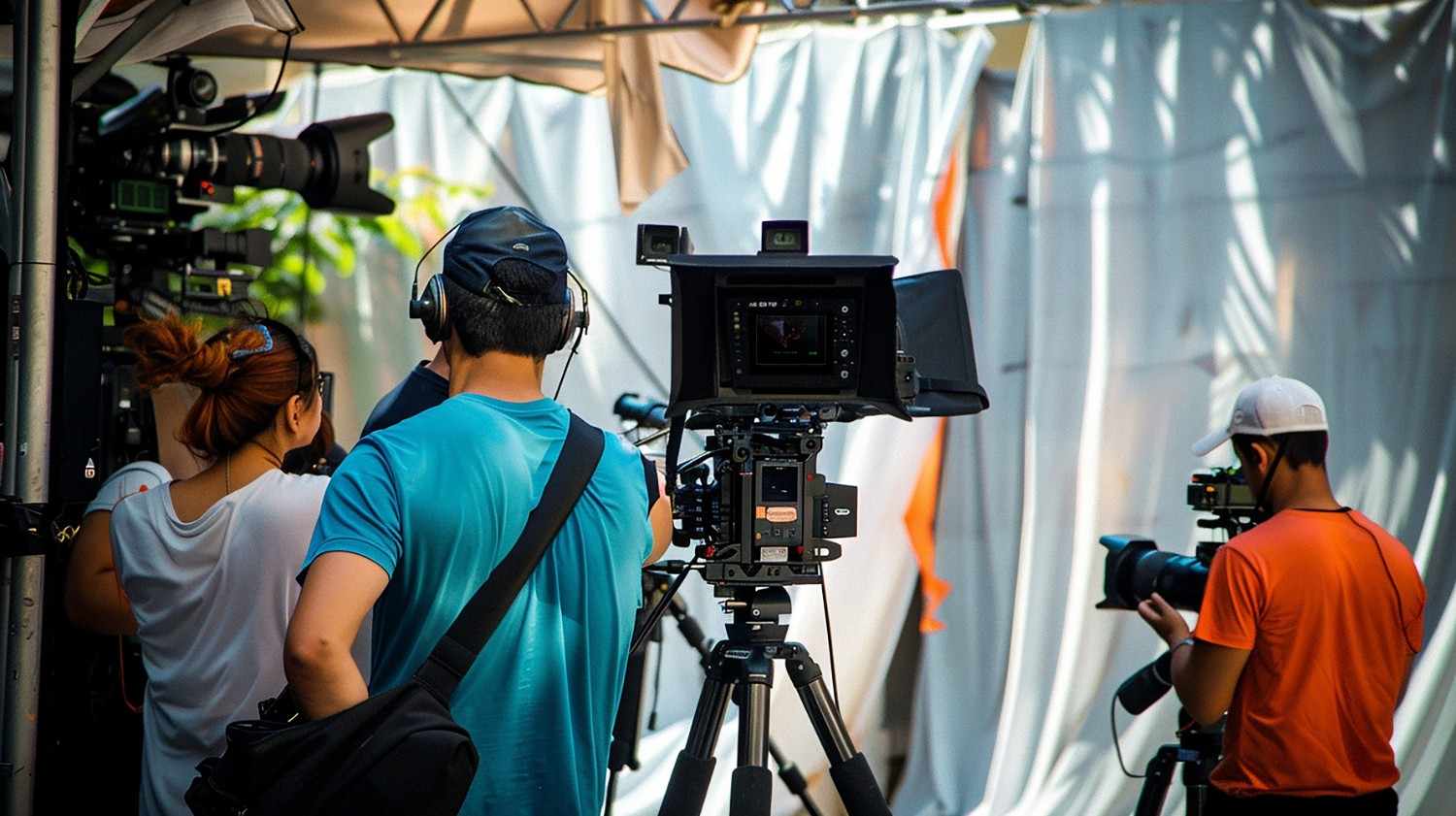

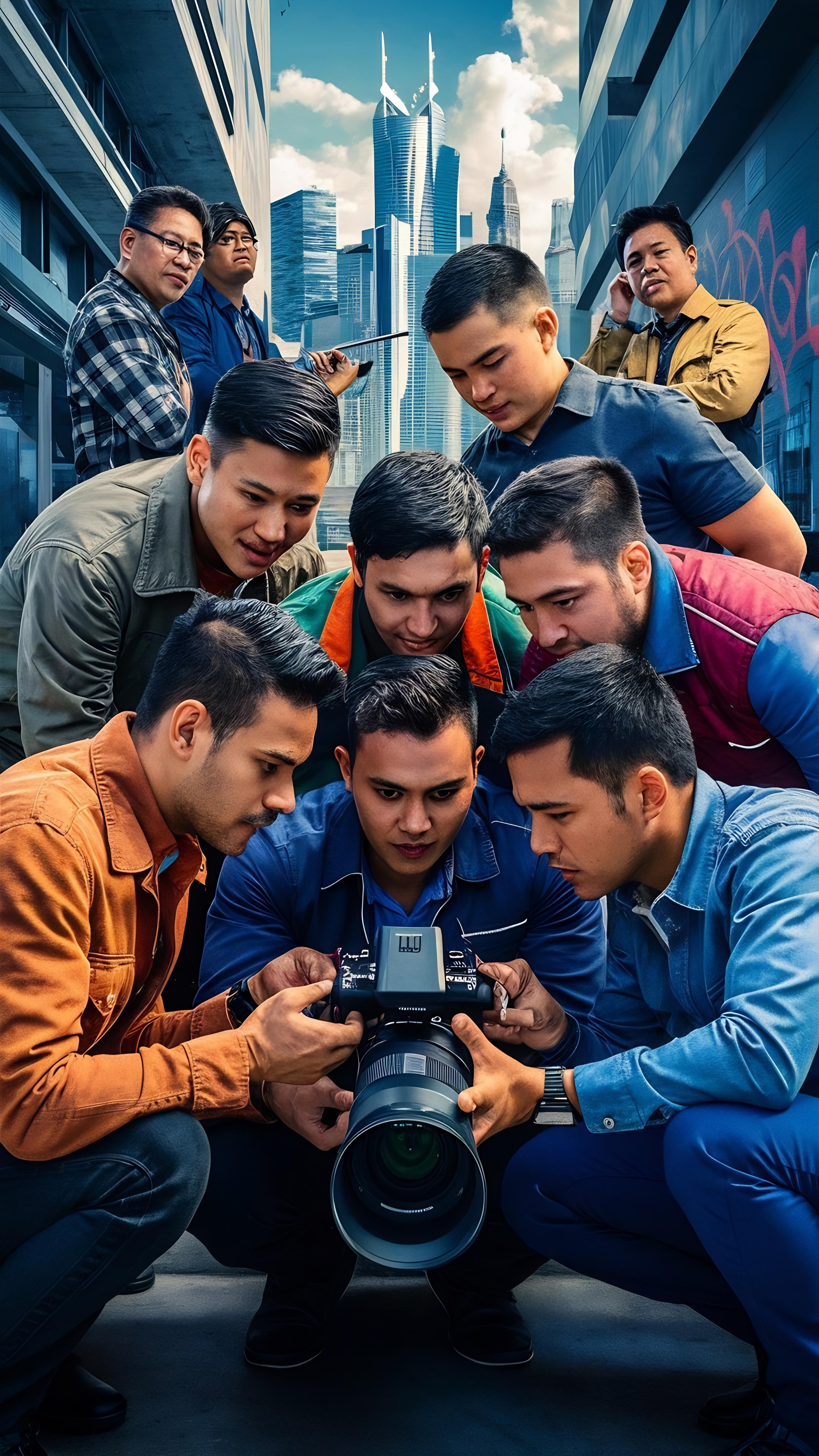
.jpg)




.png)


.jpg)
.jpg)
.jpg)
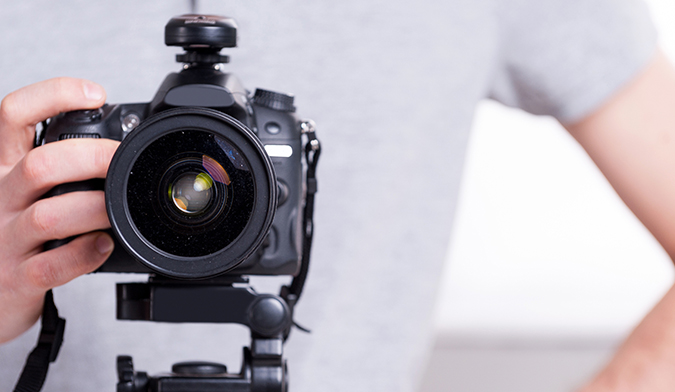
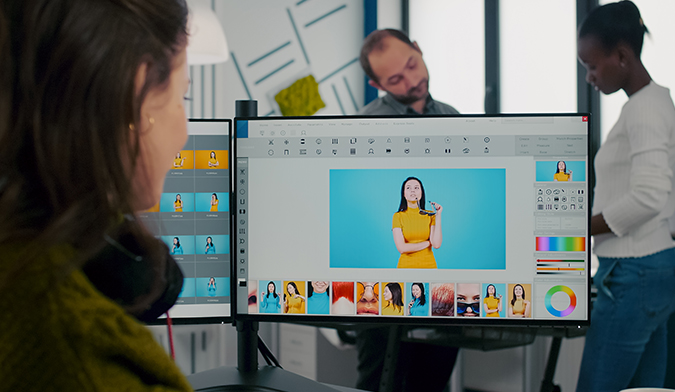
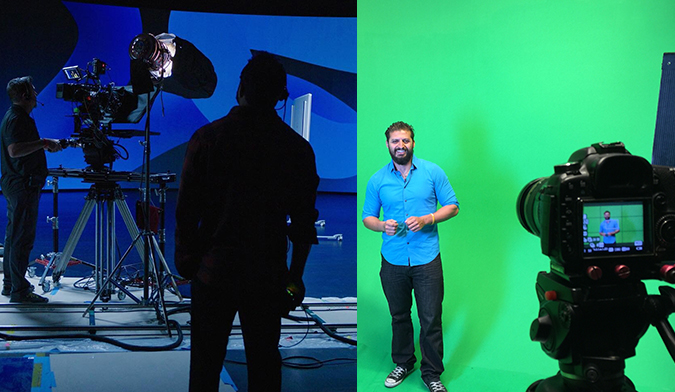



.jpg)
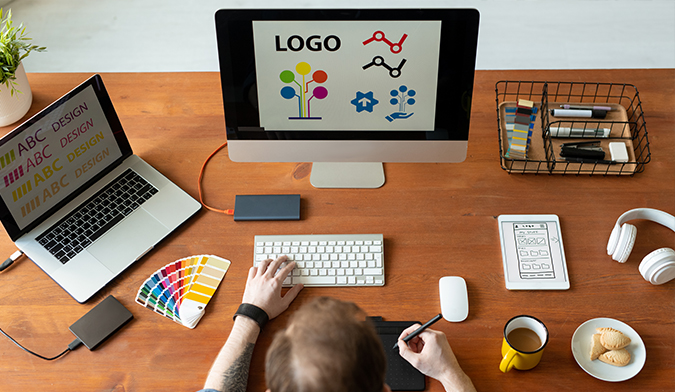
.jpg)

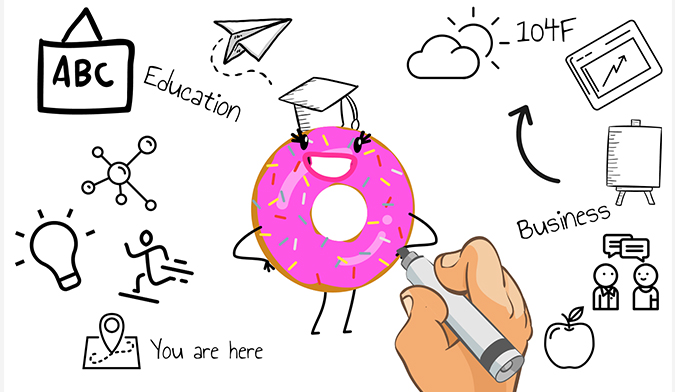
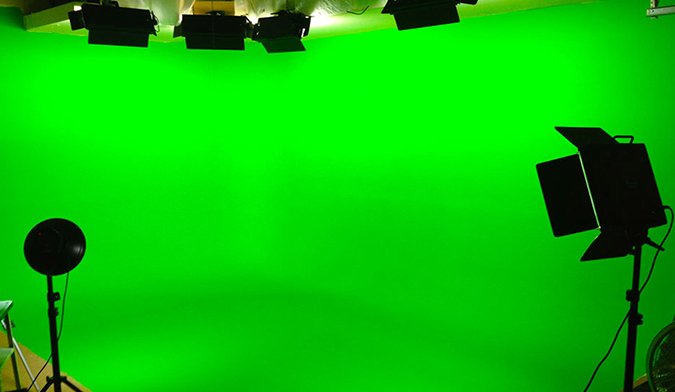

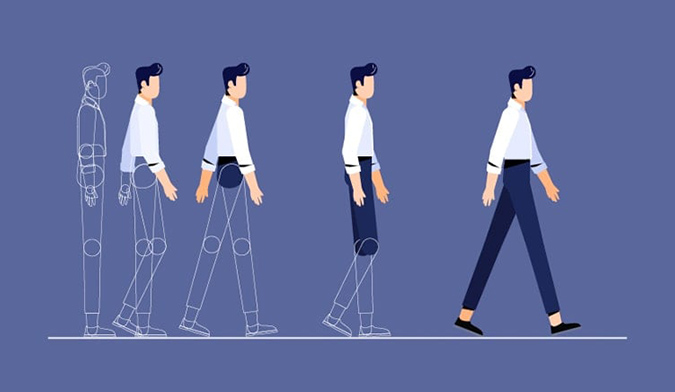


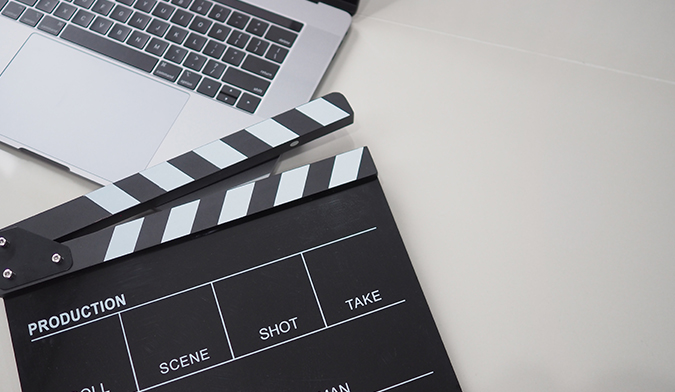
.jpg)
.jpg)
.jpg)
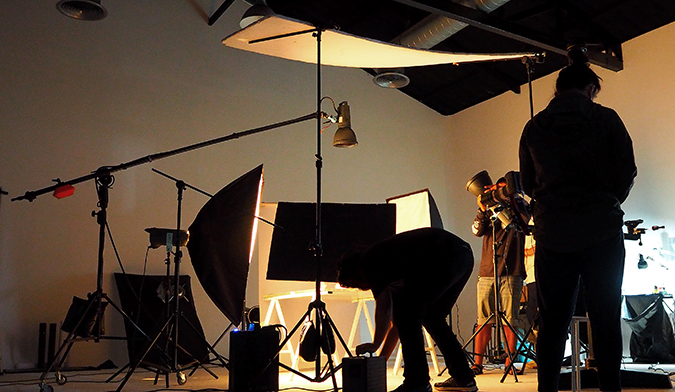
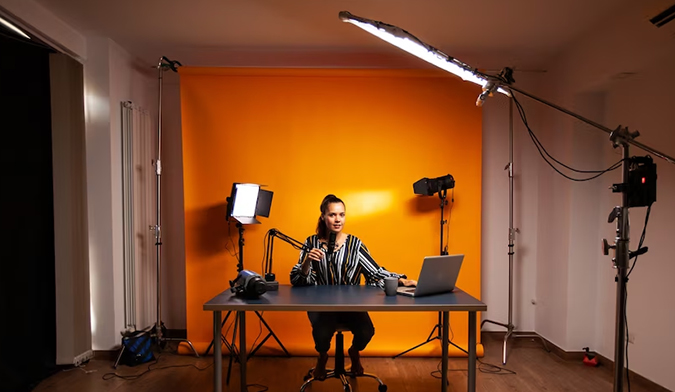
.jpg)

.jpg)
.jpg)
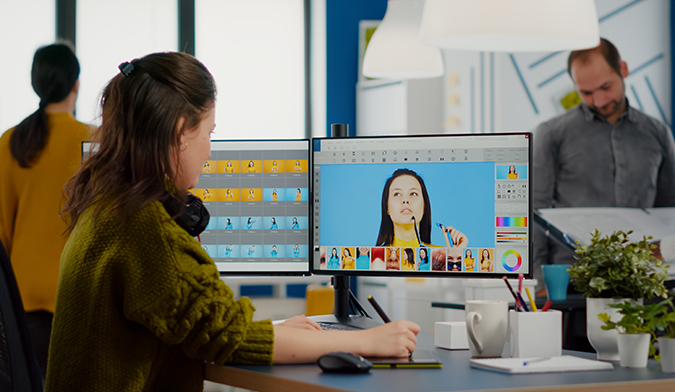
.jpg)
.jpg)
.jpg)
.jpg)
.jpg)
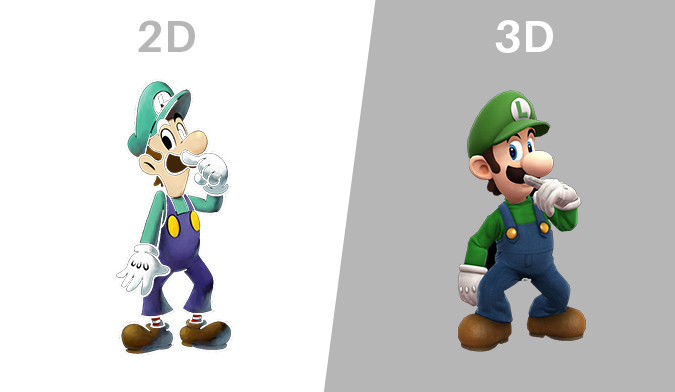
.jpg)
.jpg)
.jpg)

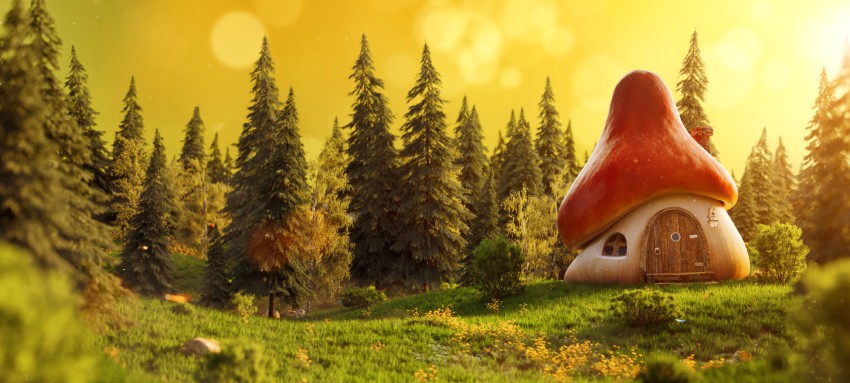
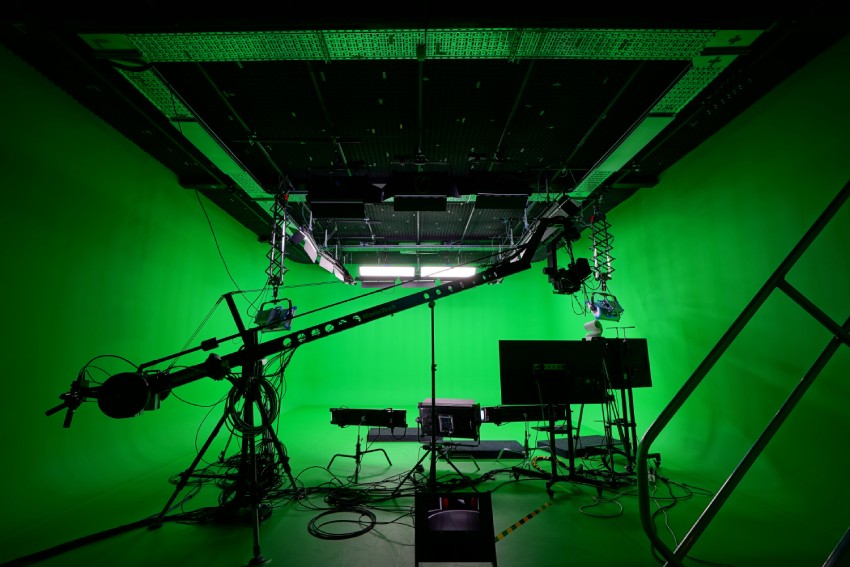
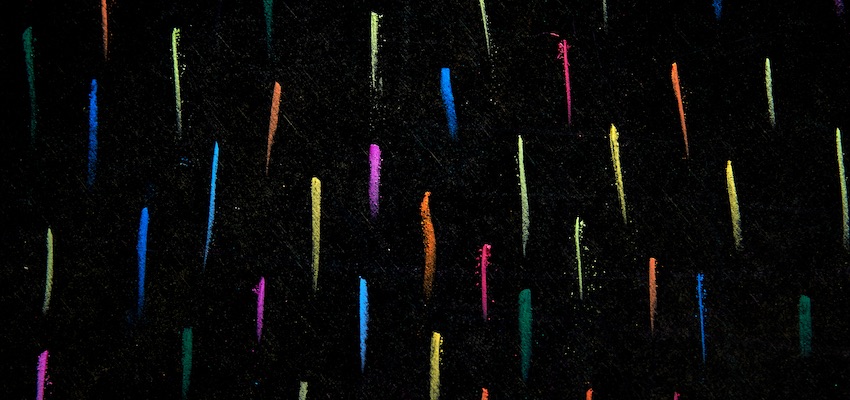










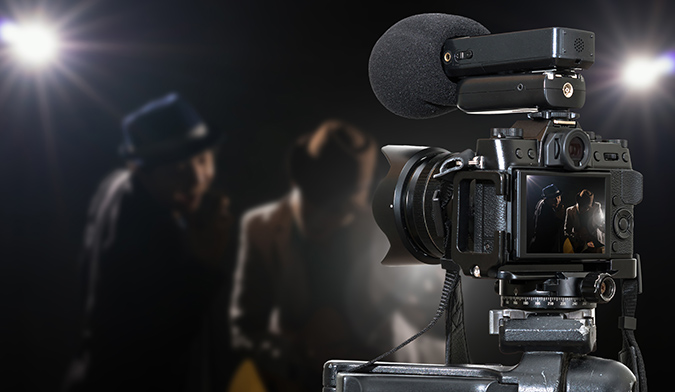
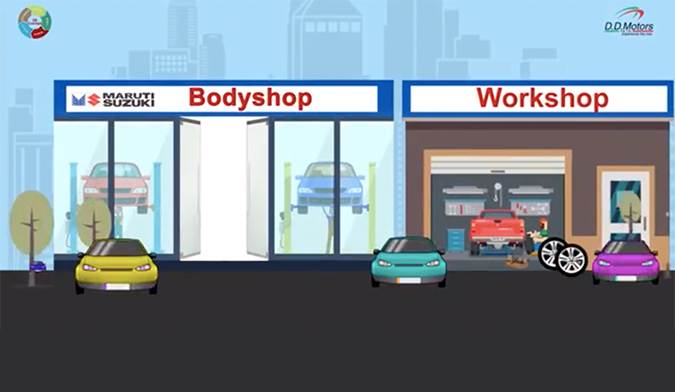
.jpg)
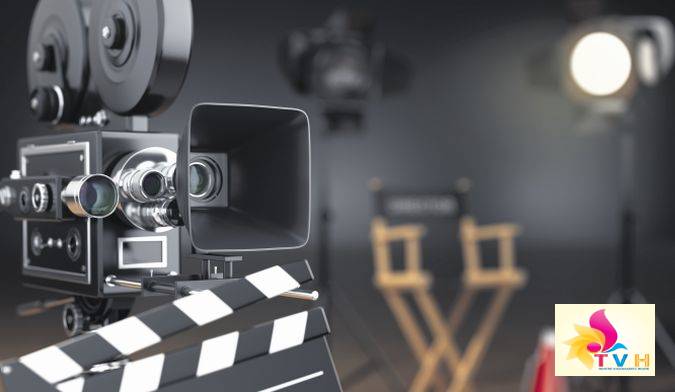



.jpg)
.jpg)
.jpg)
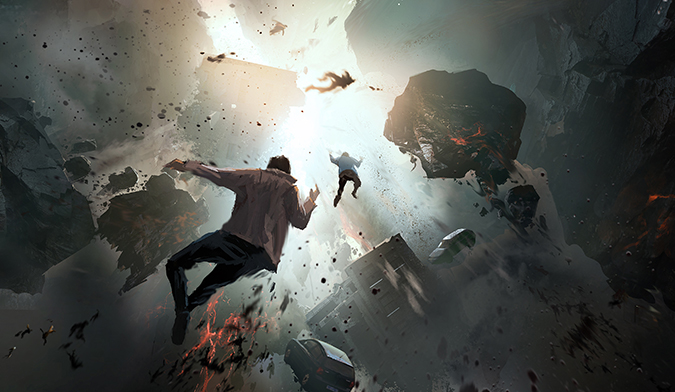
.jpg)
.jpg)
.jpg)
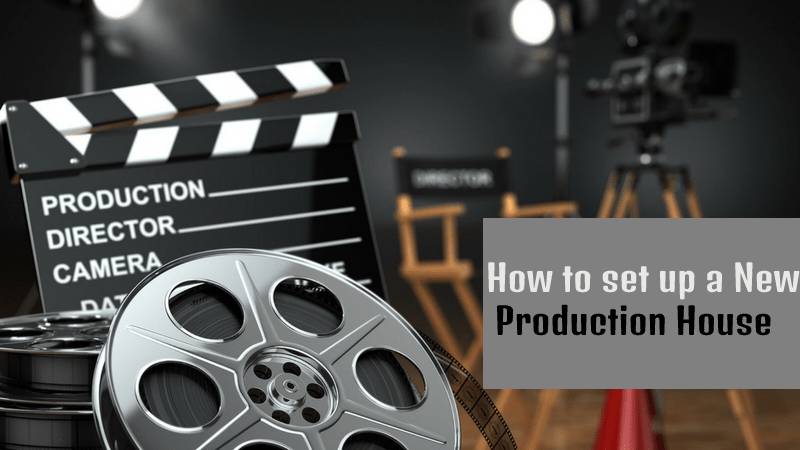

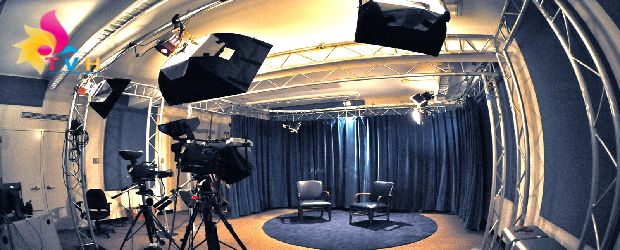

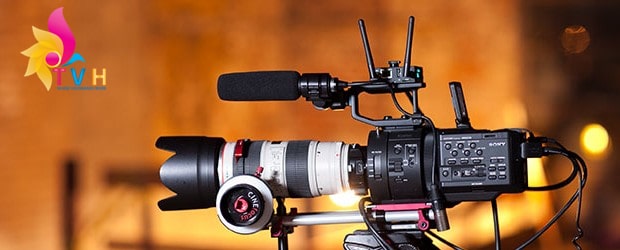
.jpg)
.jpg)
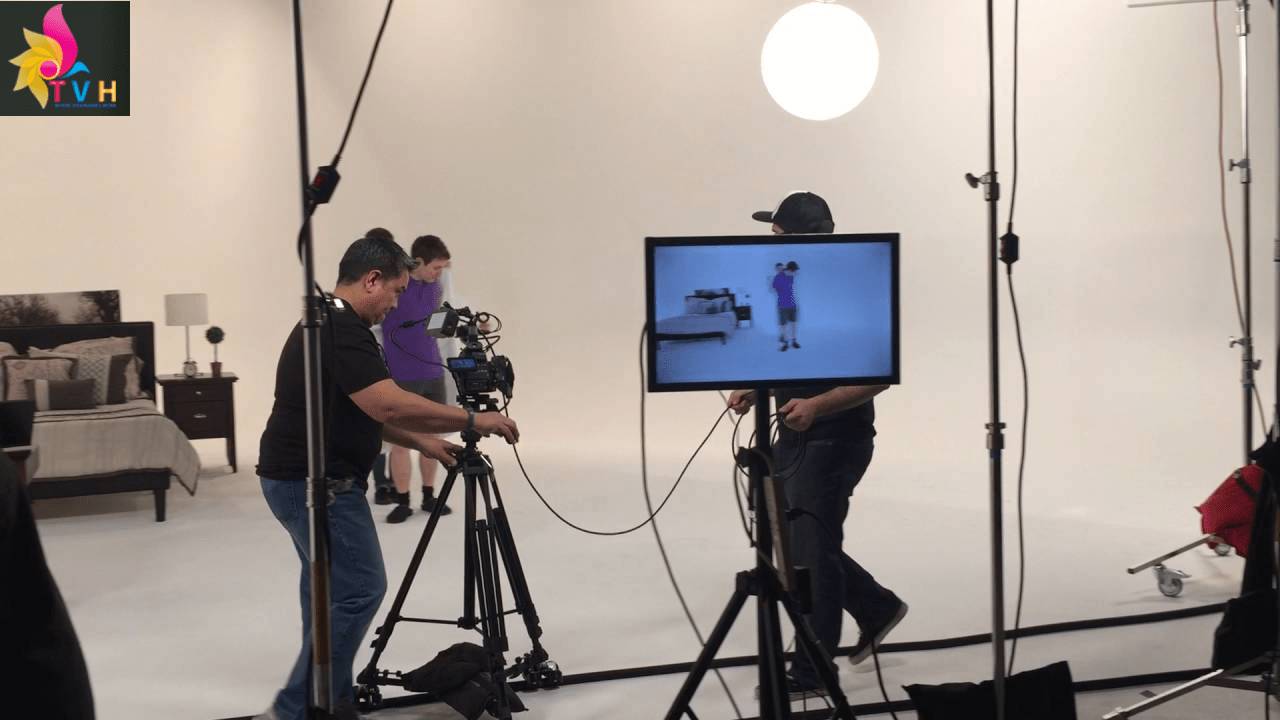
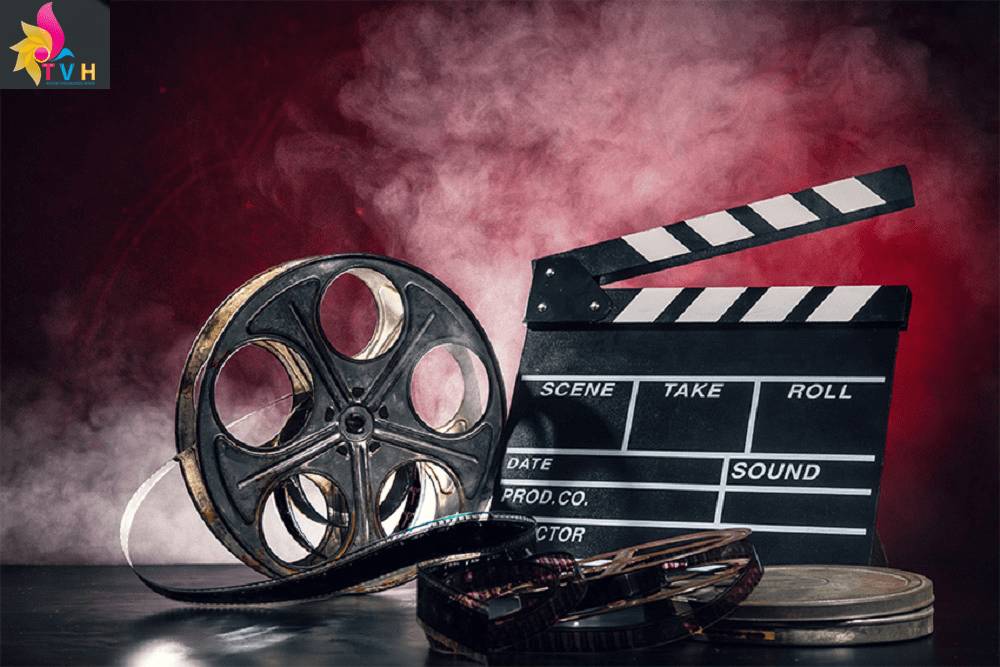
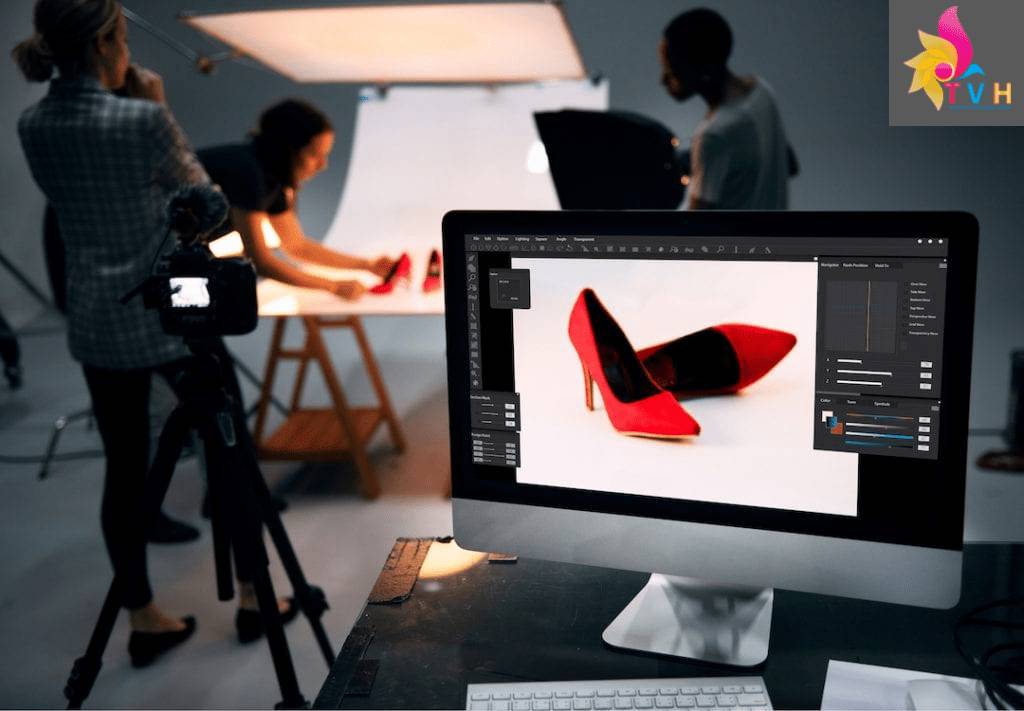
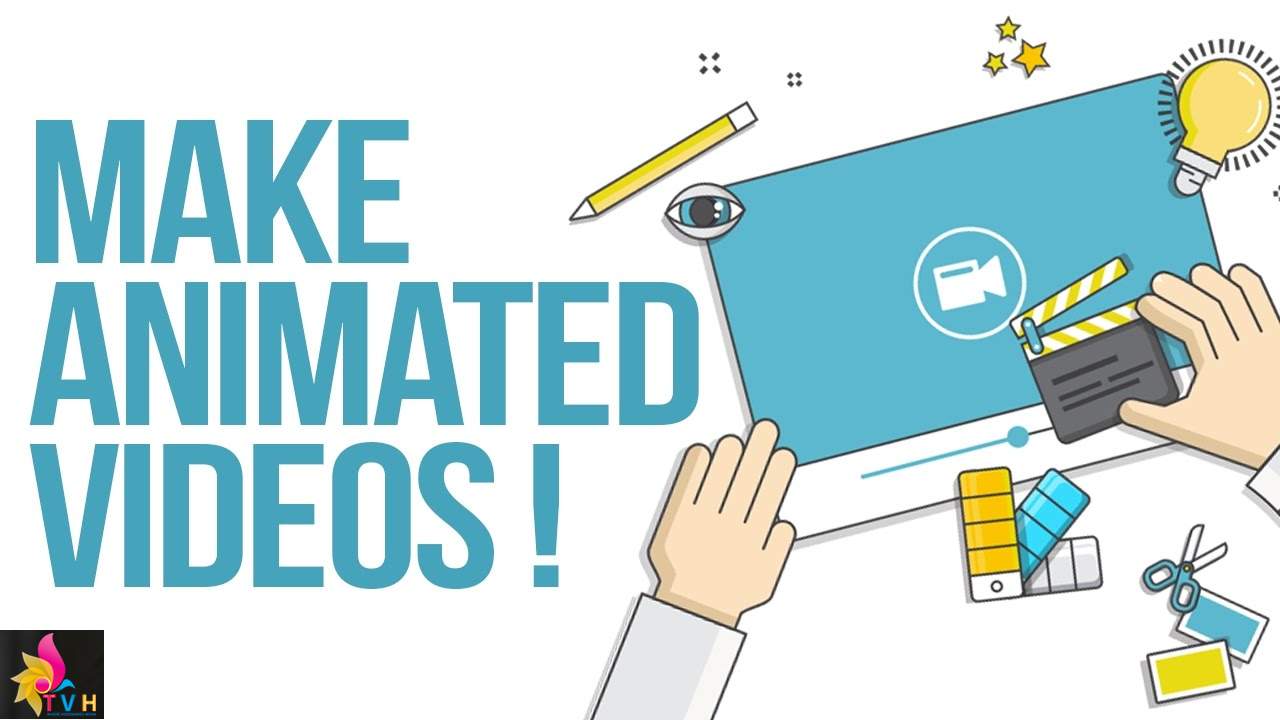

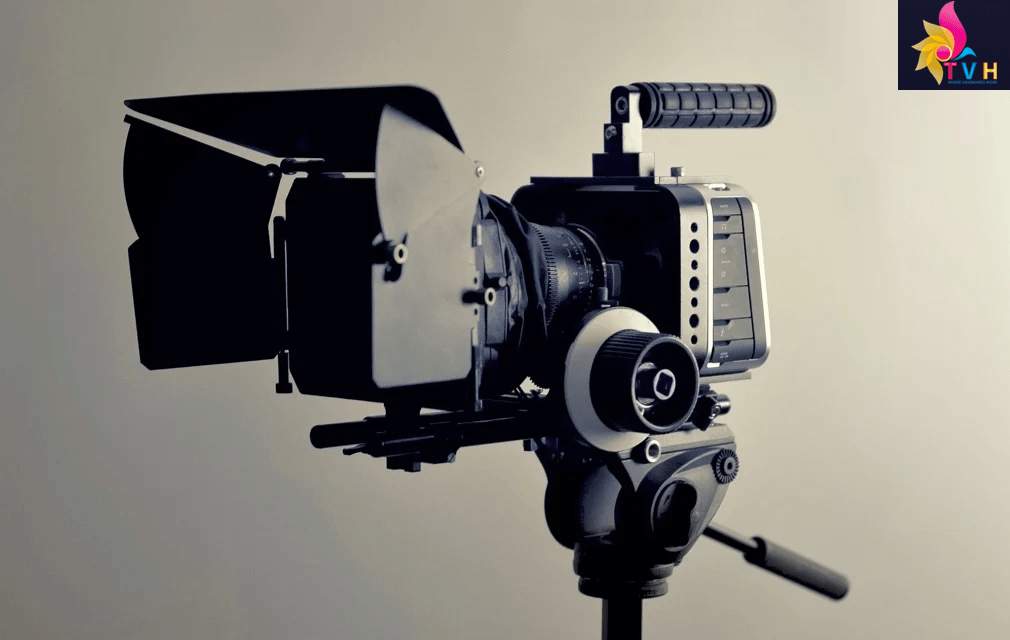
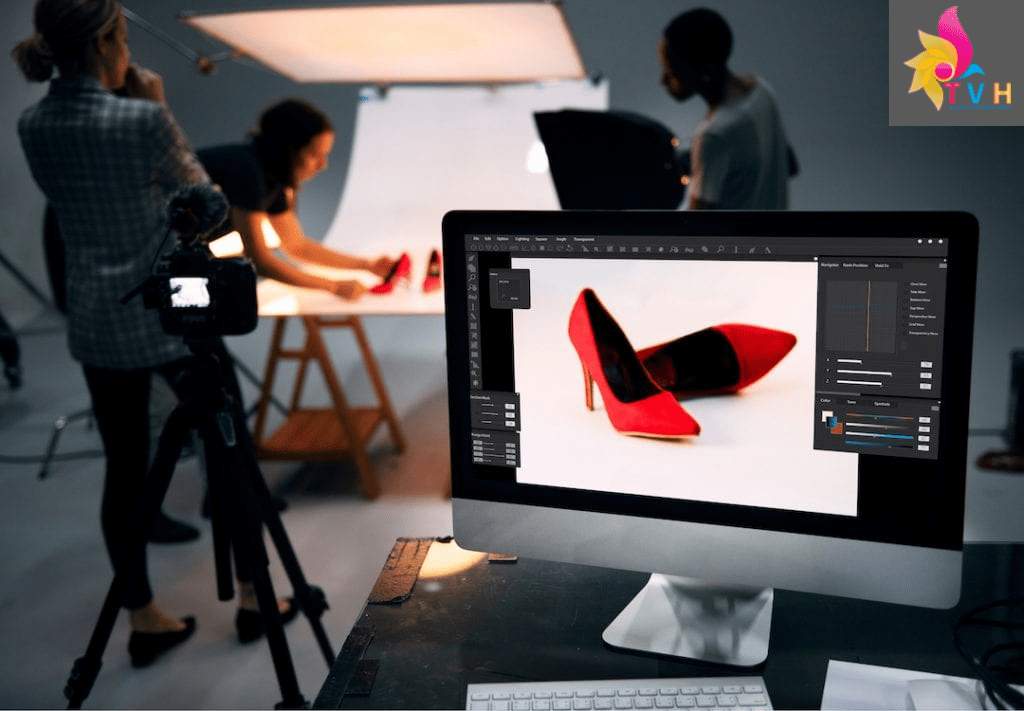
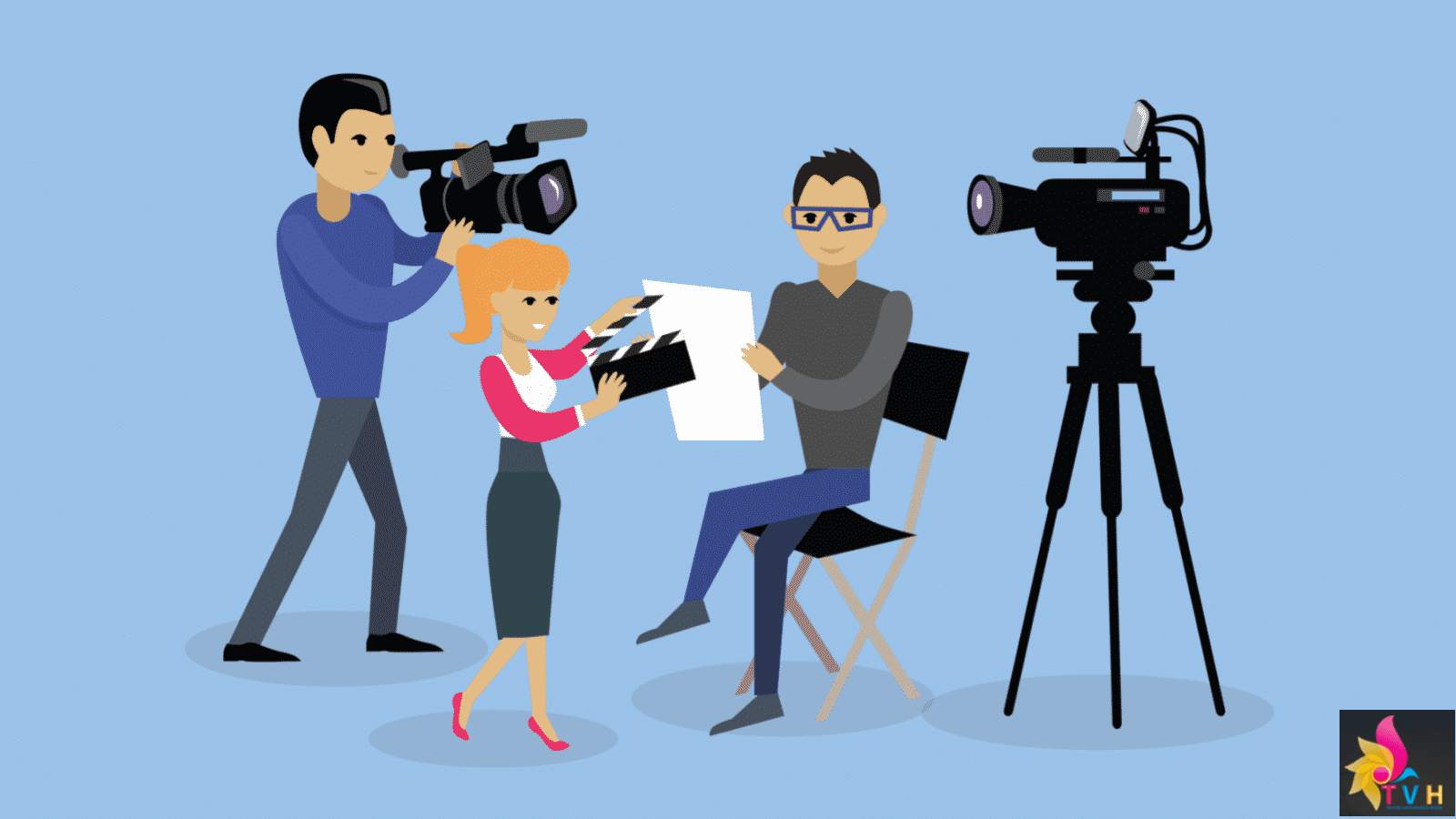
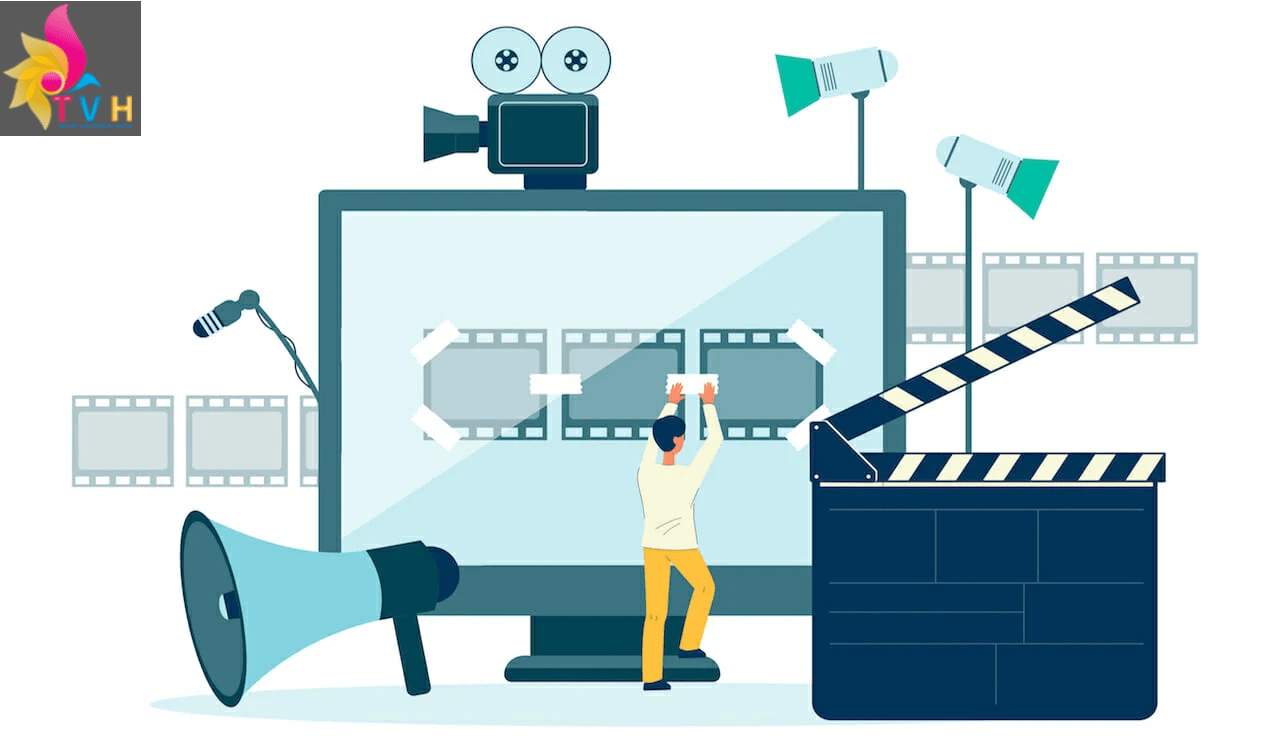


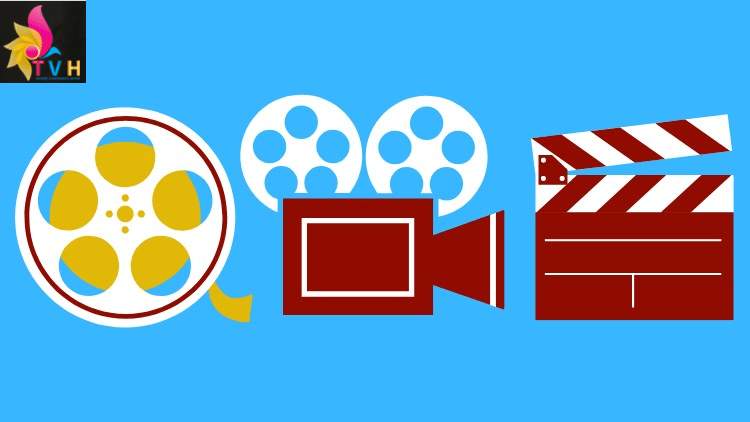

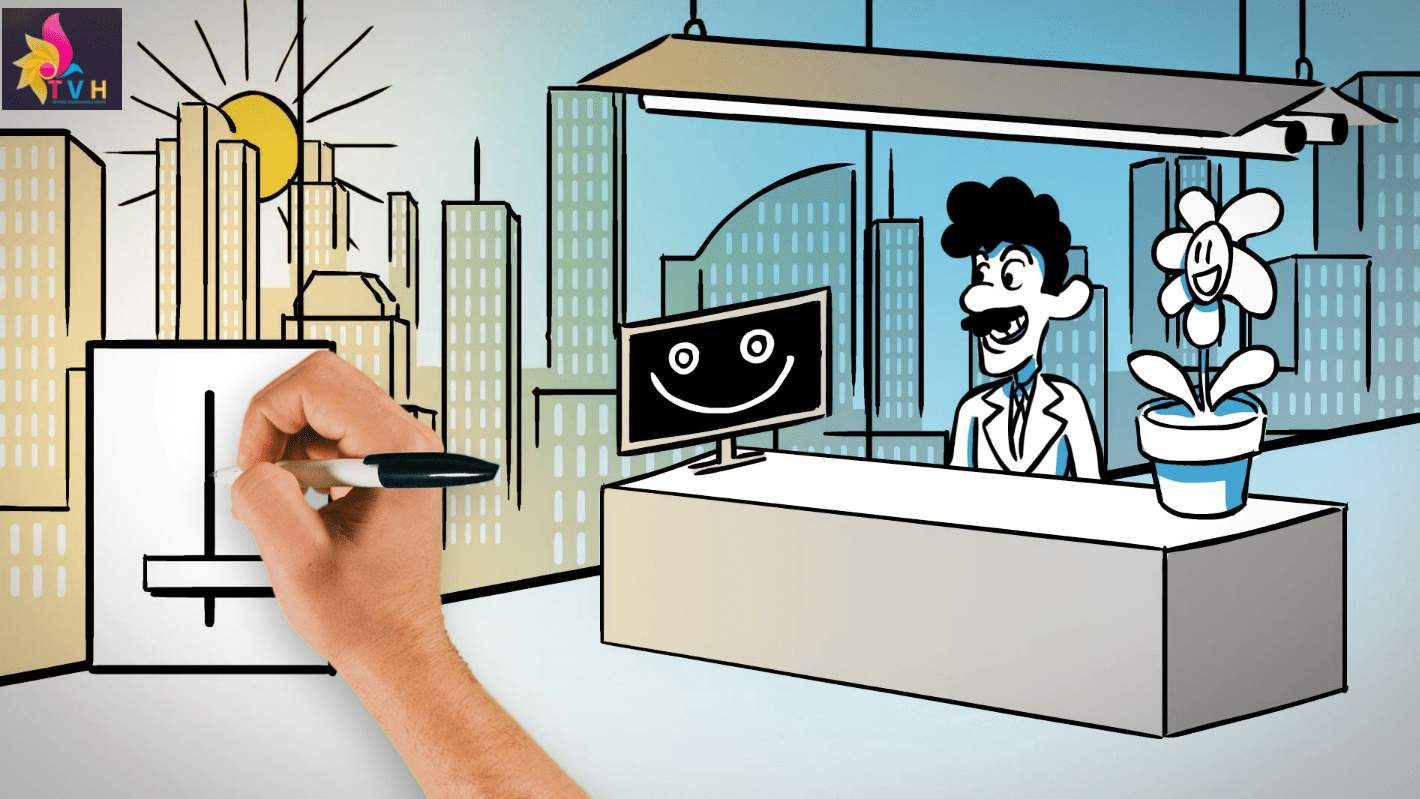
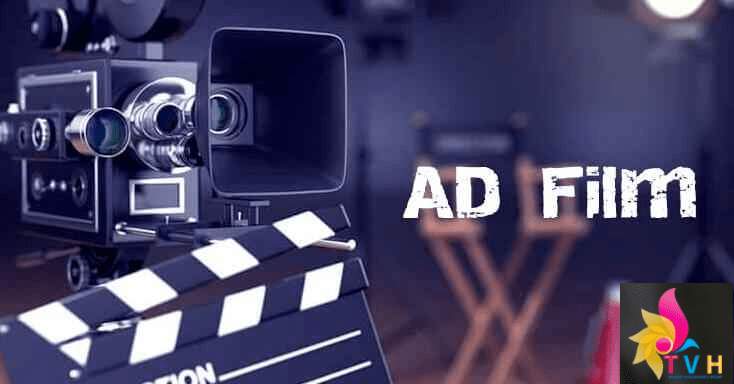

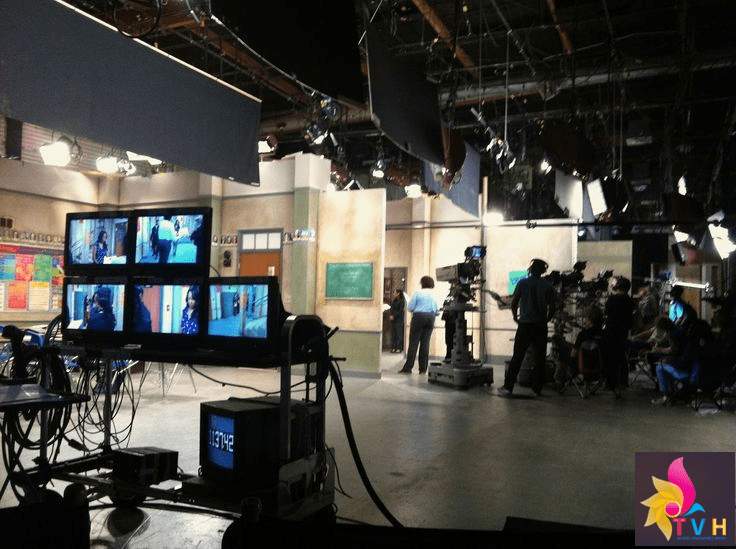


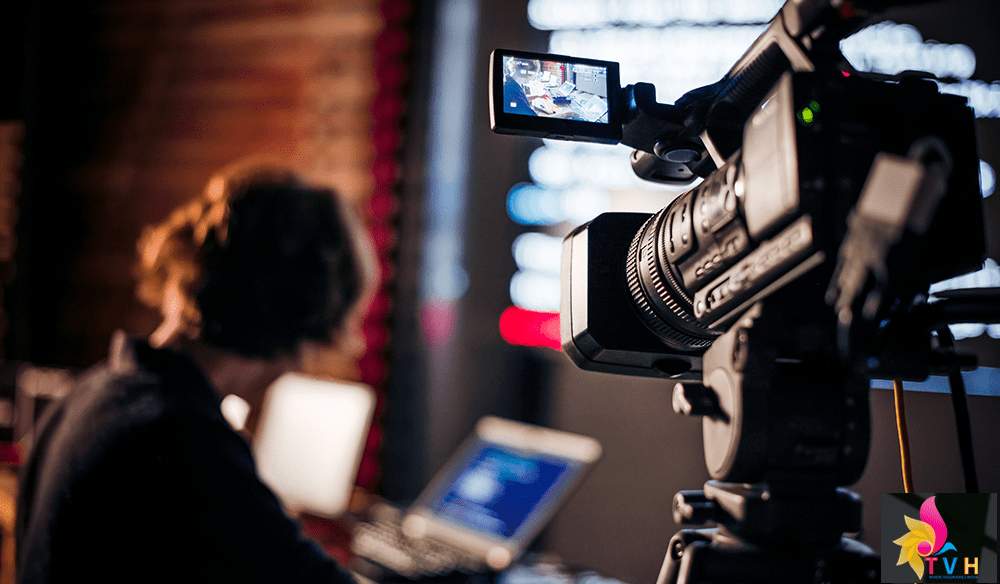
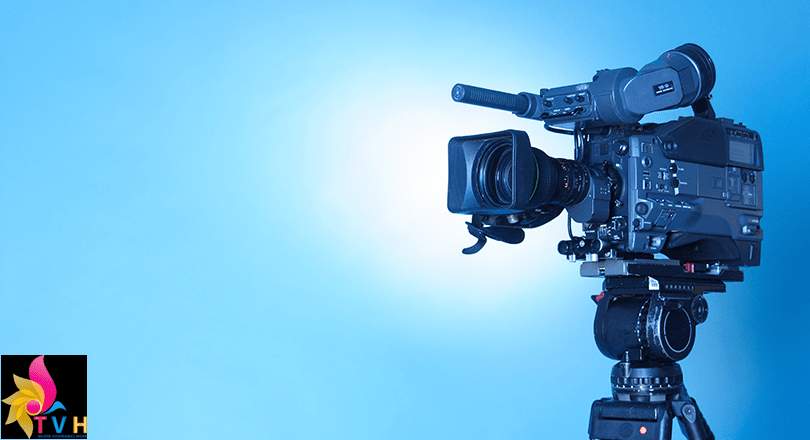
.jpg)
.jpg)
.jpg)

.jpg)
.jpg)
.jpg)
.jpg)
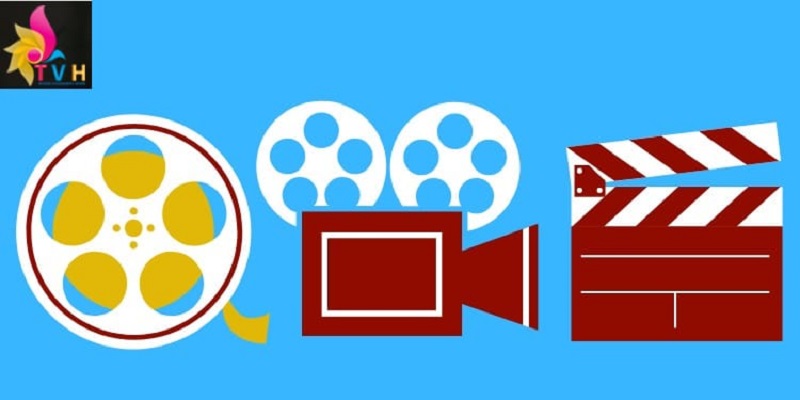




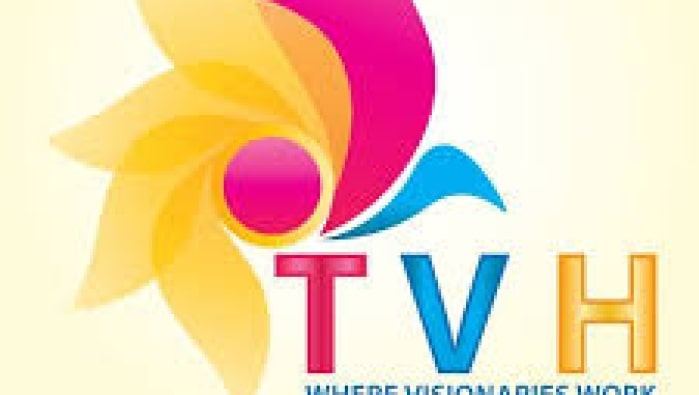




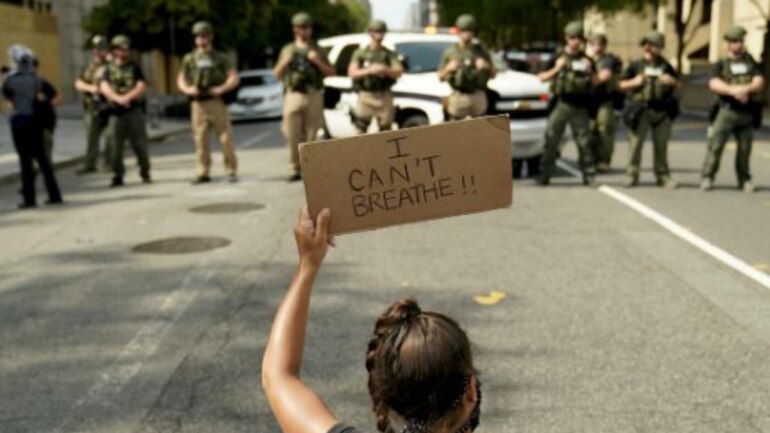
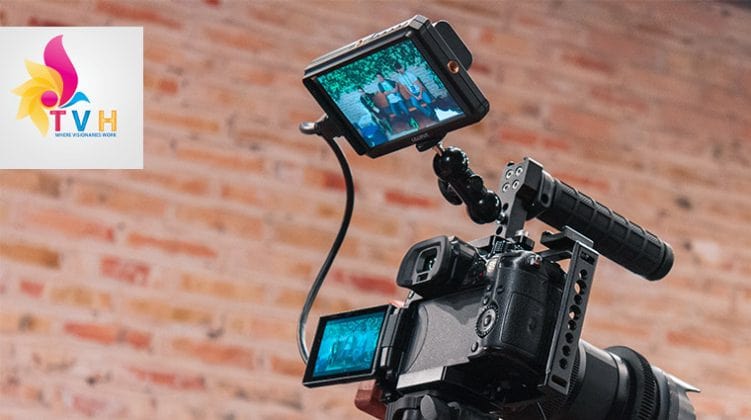
.jpg)
.jpg)
.jpg)
.jpg)
.jpg)
.jpg)
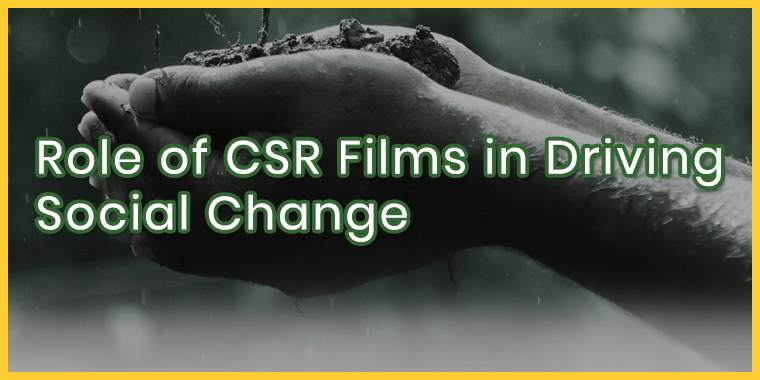
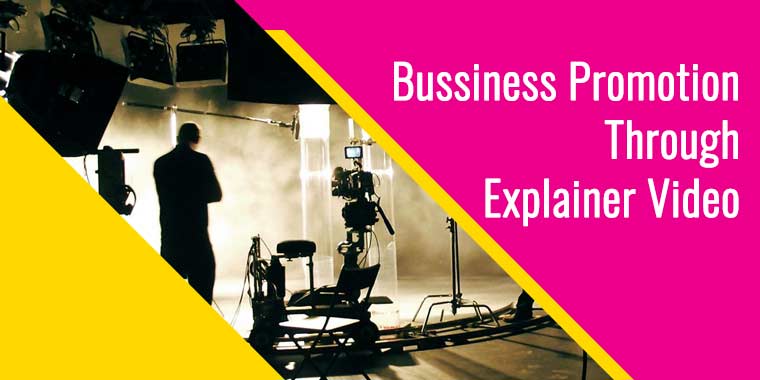
.jpg)
.jpg)
.jpg)
.jpg)
.jpg)
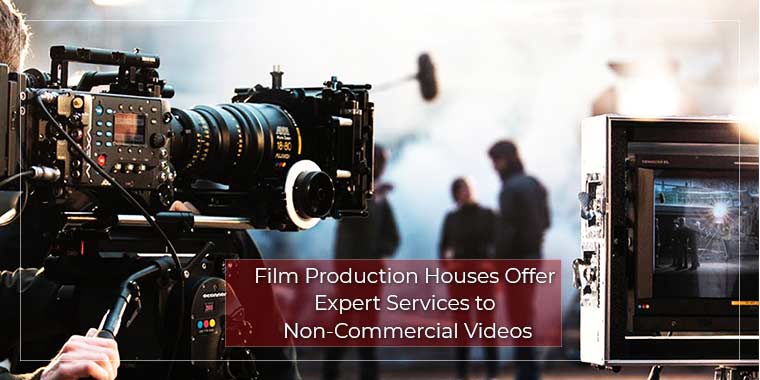
.jpg)
.jpg)
.jpg)
.jpg)
.jpg)
.jpg)
.jpg)
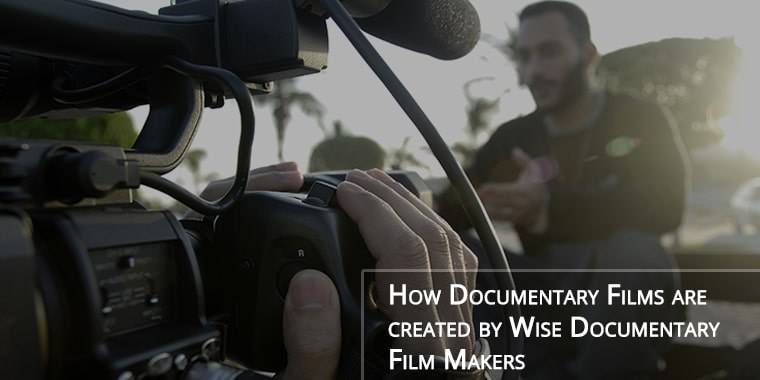

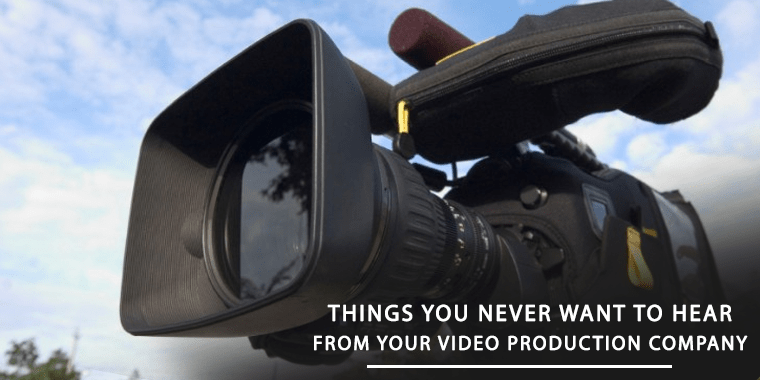
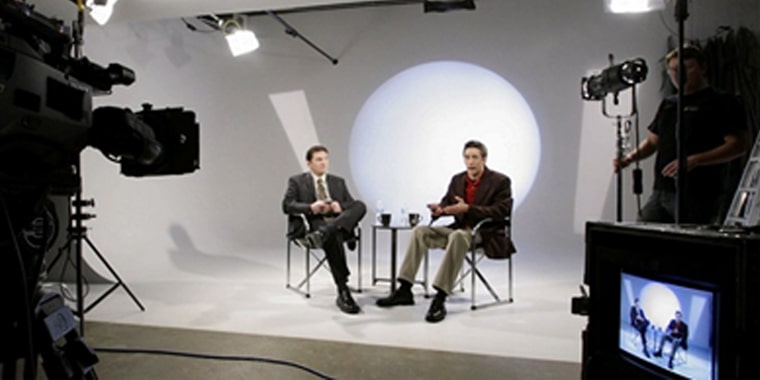
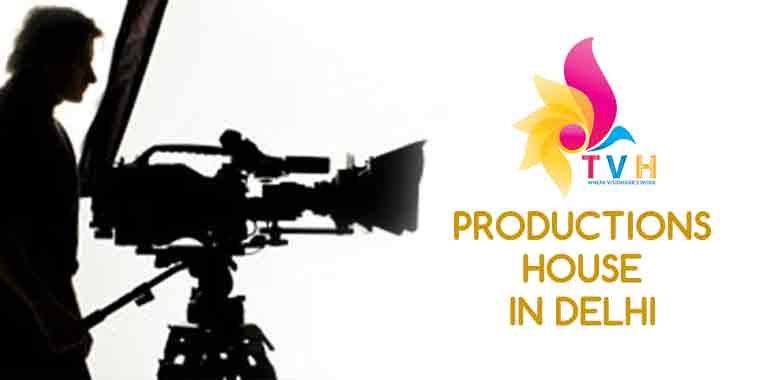
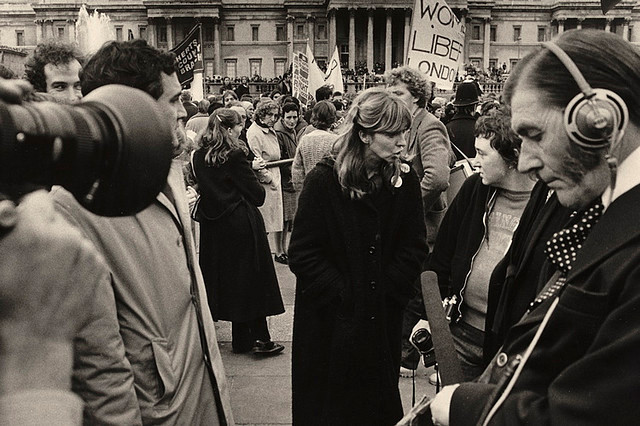
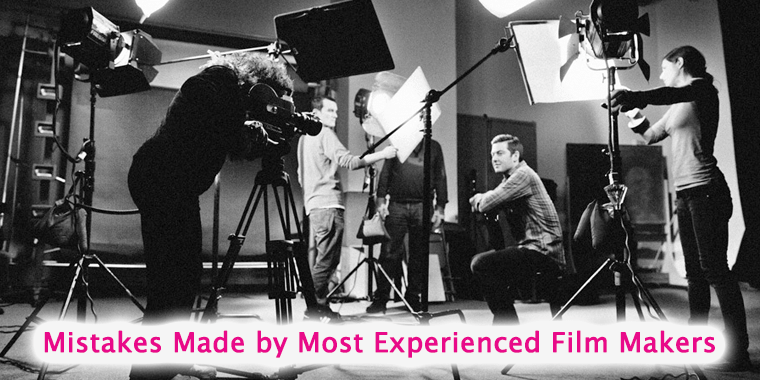
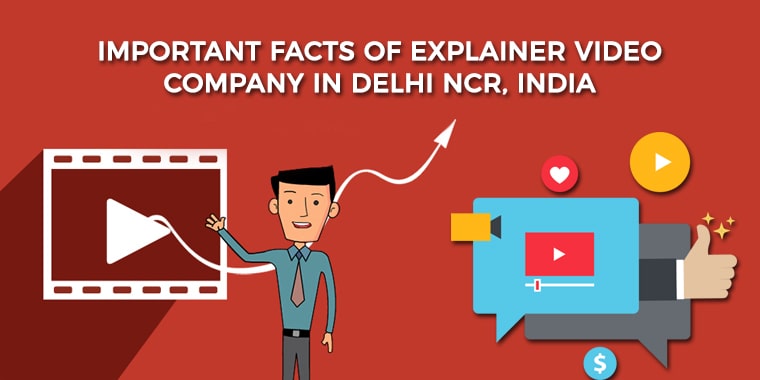
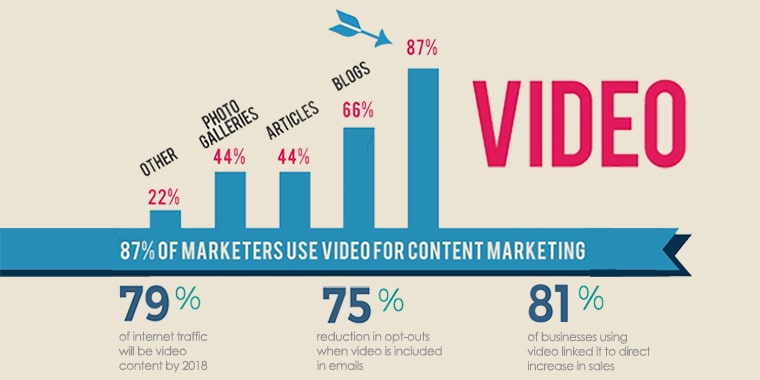
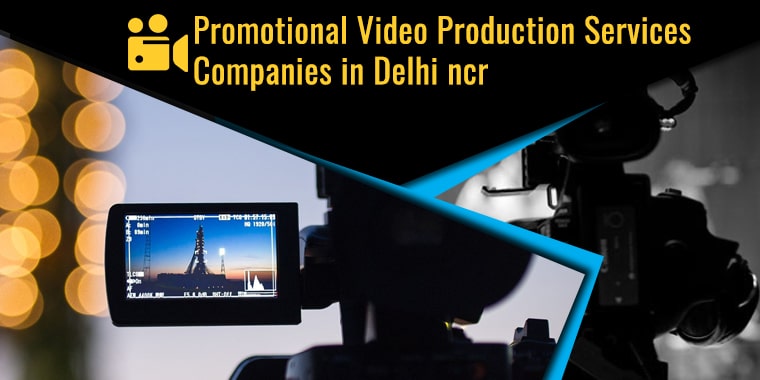
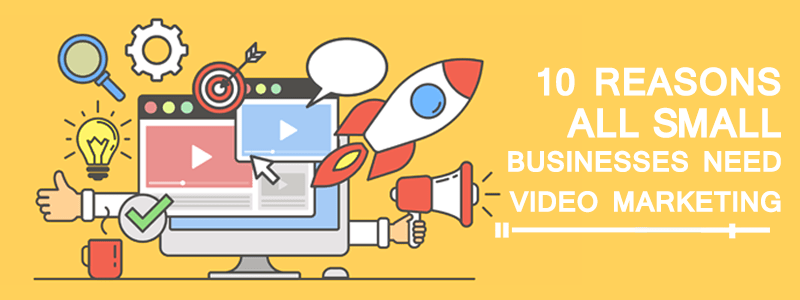
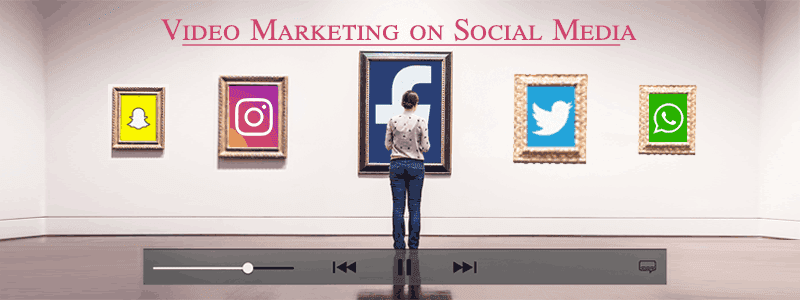
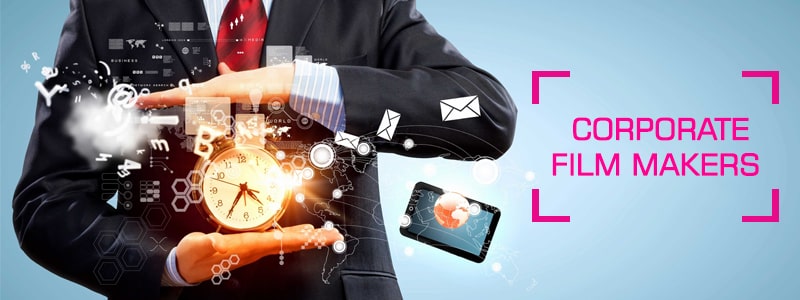


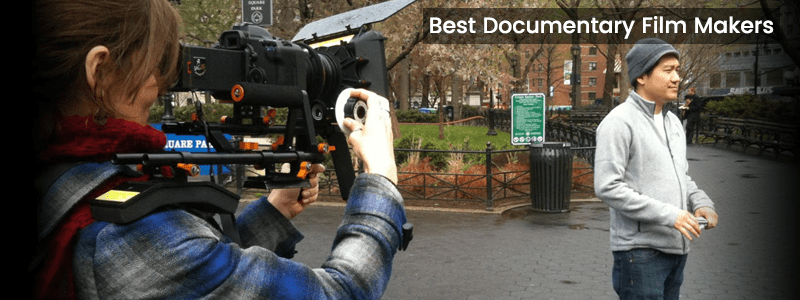
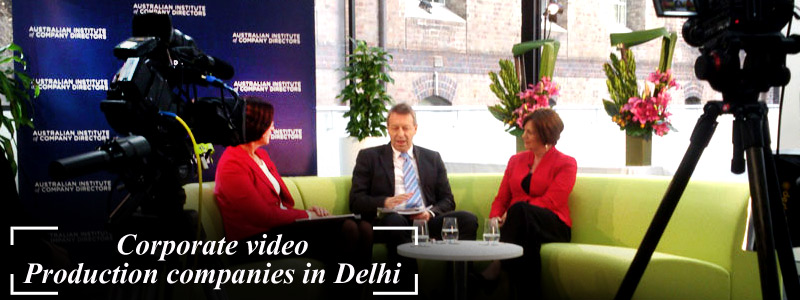
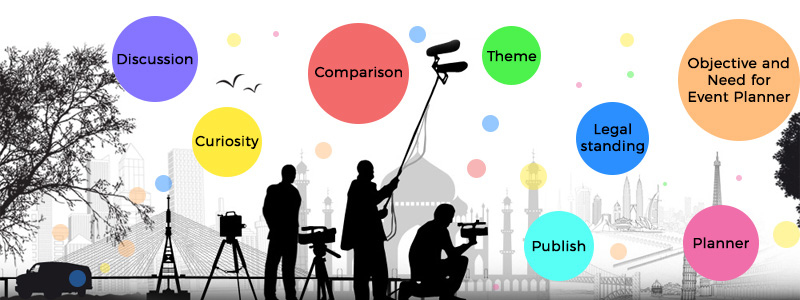


.jpg)
.jpg)
